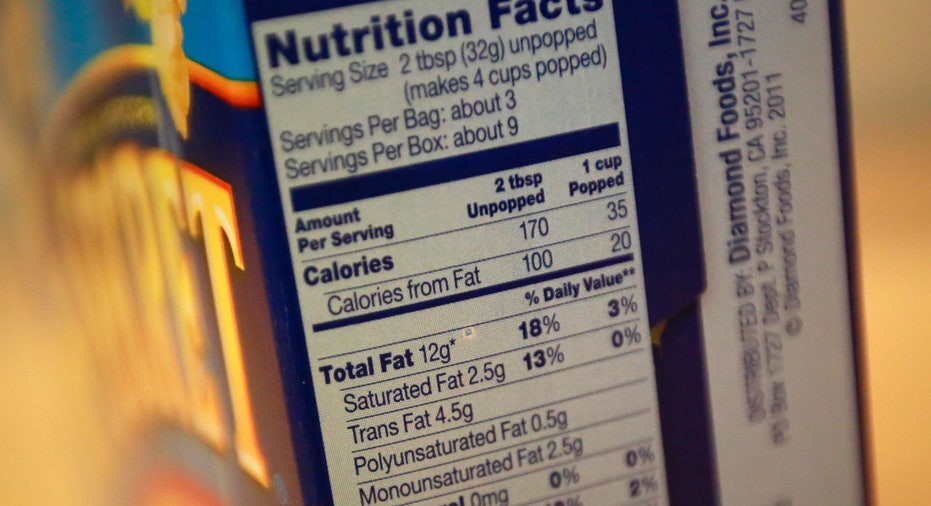Is the FDA Really Ditching 'PHOs' for Good?

First it was the fight against GMOs (or “genetically modified organisms”), the living organisms whose genetic material has been artificially manipulated in a lab and then placed in our foods. Now, with the backing of the FDA, it’s all about the fight to end PHOs (or “partially hydrogenated oils”), the primary dietary source of artificial trans fat in processed foods. And, according to the FDA, manufacturers will have three years to remove them.
So, What Does This Really Mean For Consumers?
“This is definitely a major victory for public health, especially if the FDA stands its ground under industry pressure. The Grocery Manufacturers Association (GMA) and other food industry lobbyists have already been meeting with the FDA to discuss a food additive petition for partially hydrogenated oils allowing them to use the artery-clogging substances after 2018,” says Dawn Undurraga, Registered Dietitian & Nutritionist for the Environmental Working Group (EWG), an organization that specializes in research and advocacy in the areas of toxic chemicals.
In their statement, the FDA says companies will either have to reformulate their products with PHOs or make a petition to the FDA to permit specific uses of PHOs.
The EWG found that 87% of products that contain PHOs list “0 grams trans fat” on their label. “It’s fair to say that most people don’t realize they are consuming them—because when they see zero or "trans fat free" on a label they assume it means what it says,” says Undurraga. “The devil is really in the details— it’s how the FDA decides on that food additive petition that will really determine how effective this phase-out ends up being. “
The GMA has already released a statement on their petition on using PHOs after the 2018 deadline.
“GMA’s food additive petition to the FDA will show that the presence of trans fat from the proposed low-level uses of partially hydrogenated oils is as safe as the naturally occurring trans fat present in the normal diet. Food and beverage companies have already voluntarily lowered the amount of trans fat added to food products by more than 86% and will continue lowering PHO use in foods.”
Katherine Zeratsky, a Clinical Dietitian and Instructor of Nutrition at the Mayo Clinic says that even “small amounts” of PHOs are thought to be harmful.
“Given the number of processed and packaged foods, it is likely consumers are/were eating more than they knew,” says Zeratsky.
The FDA admits that foods are allowed to be labeled as having “0” grams trans fat if they contain less than 0.5 grams of trans fat per serving.
Undurraga says that the FDA has failed to close the “labeling loophole” that allows processed food manufacturers to avoid full disclosure.
“In our analysis we found over 7,500 foods that contain PHOs. EWG’s Food Scores, let’s you know that trans fat ingredients are there or may be there, even when the Nutrition Facts Panel says “Trans Fat 0.0 g,”says Undurraga.
The Institute of Medicine has also been very clear saying, “there is no safe level of trans fat."
“Food manufacturers have been replacing partially hydrogenated oils with tropical oils such as palm. Tropical oils are mostly saturated fats and thought to have a similar effect on raising serum (blood) cholesterol levels,” says Zeratsky.
Undurraga says PHOs are cheap and they help ease the logistics of distributing heavily processed foods to the mass market.
Undurraga and Zeratsky both agree that consumers need to check nutrition labels very closely.
“Especially on baked goods, such as cookies and cakes, frostings, microwave popcorn, frozen pizzas, coffee creamer, stick margarine, and some refrigerated dough,” says Zeratsky. “Find out how much trans fat a food contains. Even if the label lists zero grams of trans fat, the food may contain a small amount, so check the ingredient list too. If you see any type of partially hydrogenated oil listed as an ingredient, leave that product on the shelf.”



















